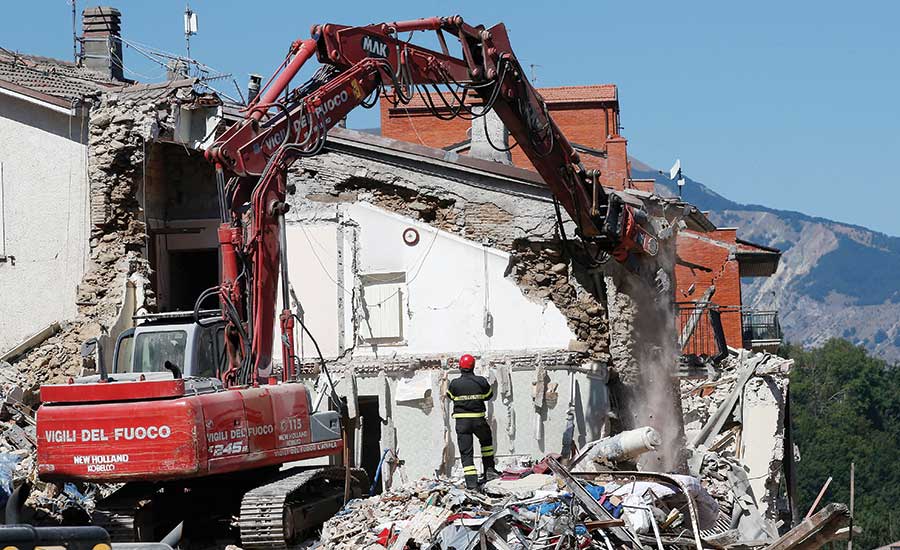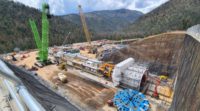Italy’s Prime Minister Matteo Renzi launched a long-term program to reinforce millions of aging buildings against earthquakes following the Aug. 24 shocks, measuring magnitude-6.2, that caused nearly 300 deaths as of Aug. 30 in an area northeast of Rome. He said he will soon outline the “Italian House” plan, which could take “perhaps a generation or two” to implement, and is consulting Genoa-based Pritzker architecture prize winner Renzo Piano on its details.
Retrofitting millions of homes to modern seismic standards could cost over $100 billion, says the Rome-based National Council of Engineers.
Safeguarding homes in the highest-risk areas could cost $6 billion. About $1 billion reportedly has been spent on seismic resistance since the nearby town of L’Aquila sustained massive damage in a magnitude-6.2 shock in 2009.
Renzi conceded that previous disaster responses focused on emergency work and reconstruction, not seismic retrofits. “That it is a difficult challenge, is not a good reason not to try,” he said.
The Aug. 24 quake had its epicenter between the provinces of Rieti and Ascoli Piceno, says the Institute of Geophysics and Volcanology, Rome. Many old and ancient buildings collapsed within a 20-kilometer radius.
The historic town of Amatrice was devastated. A major problem, as in L’Aquila, is that floors, walls and ceilings do not have ties to each other, says Gherardo Gotti, a civil engineer based near Bologna. He has catalogued structural damage on Facebook “to show solidarity with those suffering and shake some consciousness,” he adds.
Gotti’s photos are marked with red arrows that point out structural flaws. He says a large village hall collapsed when its reinforced-concrete pillars rotated and lost contact with the roof and ceiling beams.
Surveying damage in the village of Illica, Andrea Pollini, an engineer based in Italy with U.S. earthquake forensic firm Miyamoto International, said several schools, public buildings “and even a hospital … that should remain operational after a seismic event, were housed in old unreinforced masonry buildings, which collapsed or are now unserviceable.”
All buildings built after 2008 must meet the latest seismic rules. But, said Pollini, “We are surprised that a 12th-century palace and tower remain standing without apparent damage.”
Institute seismic monitoring in the current quake region recorded about 2,000 aftershocks within a few days of the main event. The group says data gleaned from early aftershocks are more valuable for building design than later information.
Based on studies after the L’Aquila quake, the engineers’ council estimates 12 million properties affecting 23 million residents need seismic reinforcement.
“It is a myth that it is not commercially feasible,” says Miyamoto chief Kit Miyamoto. “There are always cost-effective ways to do this.”






